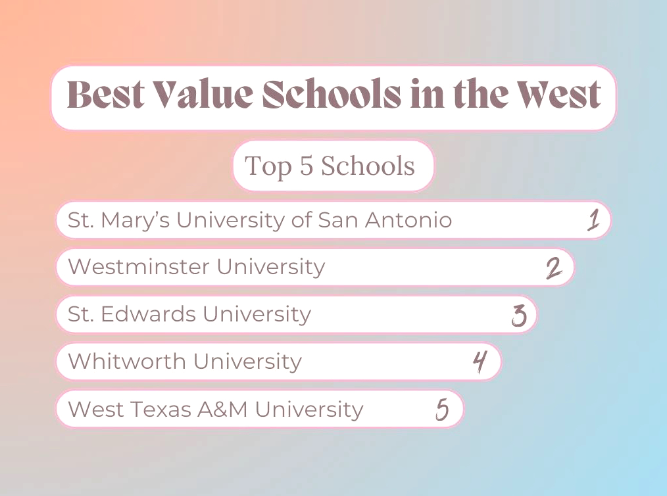CANYON, Texas — A key enrollment metric rose in newly available numbers for West Texas A&M University’s spring 2024 semester.
Semester credit hours rose to 91,658 among total number of students and rose to 77,590 among undergraduates alone, following an upward trend from the fall semester.
Overall, WT showed almost 1 percent growth in semester credit hours, including an 8 percent rise in on-campus hours and an 18 percent rise in doctoral credit hours.
The 12th class day, which fell on Jan. 31, is when Texas’ public universities traditionally report enrollment in the fall and spring semesters.
Semester credit hours are the data used by Texas officials in determining the level of state funding WT and other colleges and universities will receive.
“And as vitally important as state funding is, semester credit hours also serve as an important metric for student success,” said Mike Knox, vice president for enrollment management. “They provide a clear measure of the time and effort that students are investing in their coursework. An increase in semester credit hours shows us that students are acquiring the knowledge and skills necessary to graduate.”
The number of WT students dipped only slightly in year-over-year comparisons. However, the number of sophomores grew by more than 3 percent and the number of juniors rose by nearly 3 percent.
The number of doctoral students grew nearly 17 percent over spring 2023. WT offers doctoral programs in agriculture and educational leadership.
Among WT’s six Colleges, enrollment in the Paul Engler College of Agriculture and Natural Sciences rose nearly 2 percent, the College of Engineering rose about 11 percent and the College of Nursing and Health Sciences rose almost 3 percent.
Growth was seen in individual departments across campus, too. The Department of Agricultural Sciences rose more than 6 percent; the Amarillo National Bank School of Accounting, Economics and Finances grew nearly 1 percent and the Department of Computer Information and Decision Management grew nearly 17 percent, both in the Paul & Virginia Engler College of Business; the Department of Engineering and Computer Sciences rose almost 5 percent, in the College of Engineering; the Department of Education in the Terry B. Rogers College of Education and Social Sciences grew about 3 percent; the Department of Art, Theatre and Dance rose almost 4 percent, the Department of Communication grew about 2 percent and the School of Music grew almost 3 percent, all in the Sybil B. Harrington College of Fine Arts & Humanities; and the Department of Communication Disorders rose about 4.5 percent, the Department of Nursing grew almost 6 percent and the Department of Sports and Exercise Sciences grew 15 percent, all in the College of Nursing and Health Sciences.
More than 50 percent of WT undergraduates are first-generation college students. Looking at the full student body, including graduate students, more than 47 percent are racially and ethnically diverse, about 41 percent are Pell Grant-eligible, and 38 percent are online-only.
The number of Hispanic students grew slightly more than 4 percent over last spring. Hispanic students make up 31 percent of the total student body.
WT has been qualified as a Hispanic Serving Institution since 2016. To qualify, an institution’s Hispanic full-time equivalency must be at least 25 percent of the overall undergraduate population.
For spring 2024, WT has 6,233 undergraduate students and 2,006 graduate students. The overall number of students dipped 1 percent over spring 2023.
Providing a nurturing yet rigorous educational environment for learners of all levels is a key component of the University’s long-range plan, WT 125: From the Panhandle to the World.
That plan is fueled by the historic One West comprehensive fundraising campaign, which reached its initial $125 million goal 18 months after publicly launching in September 2021. The campaign’s new goal is to reach $175 million by 2025; currently, it has raised more than $150 million.









